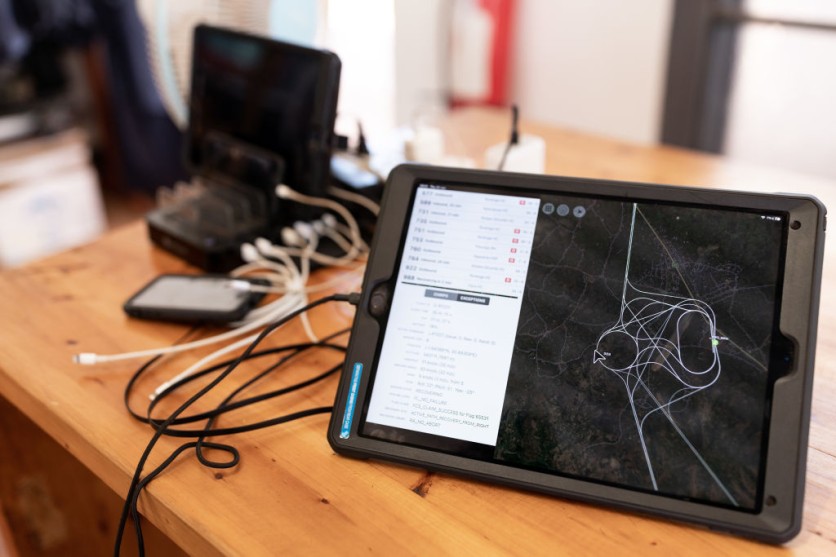An alternative locating system that is more reliable and accurate than GPS has been created by researchers from Delft University of Technology, Vrije Universiteit Amsterdam, and VSL.
The working prototype used to show off this new mobile network infrastructure had a 10-centimeter precision, which was also designed for urban environments.
The team claims that this innovative technology is essential for the deployment of location-based applications, including autonomous cars, quantum communications, and next-generation mobile communication networks.

Backup System
Global navigation satellite systems like the US GPS and EU Galileo are important infrastructures, however, these satellite-dependent systems have their drawbacks and weaknesses, according to the research team.
On Earth, their radio transmissions are feeble, and if they are reflected or obstructed by structures, precise positioning is no longer possible.
According to Christiaan Tiberius, project coordinator at the Delft University of Technology, this can make GPS unreliable in urban areas, which is a huge concern if employed in automated vehicles.
He underscored that GPS is used by both the general public and the government for a variety of location-based services and navigational tools Hence, the team argued that there's a need for a backup system.
SuperGPS Project
The goal of the SuperGPS project was to create an alternative positioning system that could be more reliable and accurate than GPS by using the mobile telecommunications network rather than satellites.
According to Jeroen Koelemeij of the Vrije Universiteit Amsterdam, the team realized that with a few advancements, the telecommunication network might be converted into an extremely precise alternative positioning system that is independent of GPS.
The team said they had devised a system that could deliver connectivity in the same way that current mobile and Wi-Fi networks do, as well as precise positioning and time distribution similar to GPS.
One of these advancements involves linking the mobile network to a very precise atomic clock so that it may broadcast messages for positioning in accurate timing, similar to what GPS satellites do with the aid of the atomic clocks they carry.
"With these techniques, we can turn the network into a nationwide distributed atomic clock - with many new applications such as very accurate positioning through mobile networks," Erik Dierikx of VSL said in a press release statement.
"With the hybrid optical-wireless system that we have demonstrated now, in principle anyone can have wireless access to the national time produced at VSL. It basically forms an extremely accurate radio clock that is good to one billionth of a second," Dierikx added.
The technology also uses radio waves with substantially wider bandwidths than those that are typically employed.
Buildings can mislead navigational equipment by reflecting radio waves, according to Gerard Janssen of the Delft University of Technology, but their system's broad bandwidth helps sort out these perplexing signal reflections and provides improved positioning accuracy.
Related Article : New GPS-Assisting Tech Unveiled by India! Here's How GAGAN Can Help Passenger Airplanes
This article is owned by Tech Times
Written by Jace Dela Cruz
ⓒ 2025 TECHTIMES.com All rights reserved. Do not reproduce without permission.




